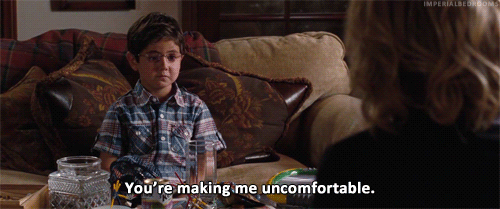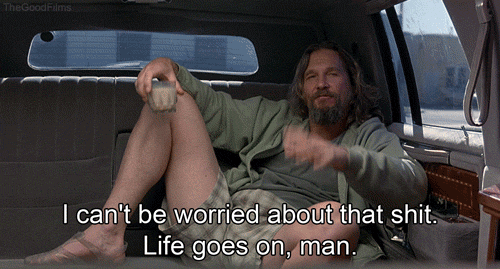I almost always refuse to raise my hand in class. Even if I know the answer to the question, there’s not a chance my hand will go up. During that awkward silence when no one speaks up, I find myself praying for someone to jump in and end the misery.

Although I don’t participate much, I’m still a good student. I turn my assignments in on time and I study for exams. I just can’t bring myself to speak up in class. I’m perfectly happy sitting quietly and letting the other students speak on my behalf.
Unfortunately, my abnegation of participating in class began to take a toll. Several classes required participation. It was built into certain syllabi that participation could constitute up to 20% of my grade. How could I possibly survive? After the first day of a class, I immediately dropped the course if my participation (or lack of) determined my grade. Having to raise my hand outweighed my desire to take an interesting class.
This was my outlook into my first semester of junior year when I enrolled in a class on the American president. I attended the first lecture and was greeted by a young professor named Charles Adside. As he began to go through the syllabus and explain the details of the course, I felt oddly comfortable. He constantly tossed in humor to the discussion, particularly references to the Big Lebowski and It’s Always Sunny in Philadelphia.

As we crept down the syllabus, we reached the dreaded participation section. I was horrified: Participation was required and would comprise 15% of my overall grade. Adding to my existential crisis, Adside said that he would employ a methodical cold calling system. He explained that he would choose several students each class to essentially lead the discussion but would also call on unsuspecting students to make sure they were prepared. I felt feverish. I really wanted to take this class but the thought of being randomly called on petrified me.
I decided to voice my concerns to Adside after class. I explained my debacle and was pleasantly surprised at his response. Adside assured me that while he would cold call; it was just a tool to drive the discussion. I didn’t necessarily need the right answer; I just had to offer some sort of perspective.
I prepared laboriously for the next class session, determined to add value to the discussion. I went in to class with a game plan. Instead of waiting to get called on, I would answer a question that I was sure I knew the answer to. This way, I wouldn’t be randomly called upon for a question I didn’t know.

This proved to be a foolproof strategy. I ended up raising my hand at least once almost every class. Quite an accomplishment right? I thought so. At the end of the semester, I received the full 15% in participation.
I recently spoke to Adside about how he organizes his class and how he manages to coax students like me to participate.
Adside said: “I like to create a friendly and congenial environment in the class – I learn all of the students names so it feels like were just having a conversation with each other. If a student believes that I can relate to them, they feel they have a stake in the class. I use comedy as an icebreaker. If I can get a few laughs out of my students, they tend to feel more relaxed and more willing to participate.”
After this class experience, I am no longer terrified of participating. While I may never be bestowed with the gift of gab, I feel more confident in my ability to raise my hand and add value to class discussions. I no longer drop classes because of participation requirements.



















